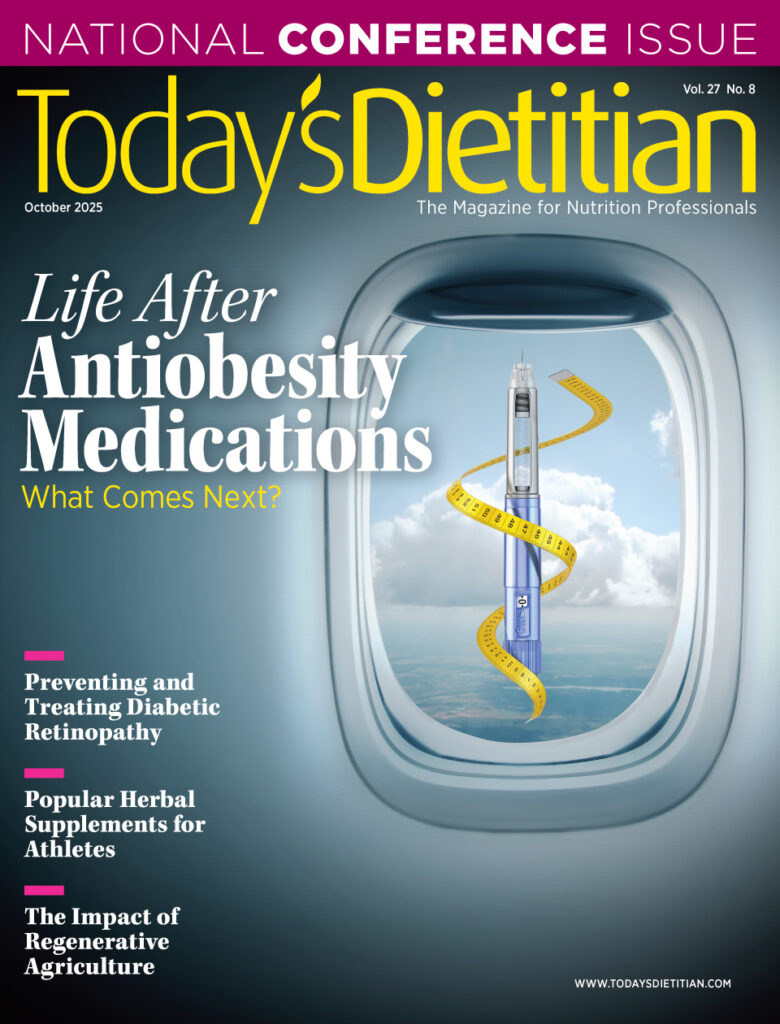Another wave of COVID-19 is putting millions out of work, while tens of millions more remain unemployed and Congress debates aid.
Now, a new Boston University School of Public Health (BUSPH) study shows that unemployment help directly translates to people being able to put food on the table.
The CARES Act—passed in March of 2020—expanded unemployment insurance coverage, amount, and duration.
Published in JAMA Network Open, the study finds that receiving unemployment insurance cuts a person’s risk of food insecurity by one-third, and halves the likelihood of needing to eat less because of financial constraints. And receiving more coverage, such as the weekly $600 supplement included in CARES until last July, means an even bigger reduction in the risk of going hungry.
“There has long been a need to improve the proportion of people covered, the duration of coverage, and the amount of coverage in our unemployment insurance system. This paper speaks to the critical role that unemployment insurance can play in preventing people from facing food insecurity during a crisis,” says study lead author Julia Raifman, ScD, SM, an assistant professor of health law, policy, and management at BUSPH.
Raifman and colleagues used data from the Understanding Coronavirus in America study, looking at a sample of 2,319 people who had household incomes less than $75,000 and had been employed in February. By the end of July, 1,119 people (nearly one-half) had experienced unemployment.
Of those who lost their jobs, 415 reported food insecurity and 437 reported they sometimes ate less because of financial constraints.
The researchers found that receiving unemployment insurance was associated with a 35% relative decline in a person’s risk of food insecurity and a 47.8% relative decline in the likelihood of having to eat less. Receiving larger amounts of unemployment insurance and/or the weekly $600 CARES supplement came with even more substantial declines in food insecurity and having to eating less.
The researchers also identified major disparities in who’s facing food insecurity among those who have lost their jobs during COVID-19: 69.2% of Indigenous participants in the study reported food insecurity, as did 52.5% of Hispanic participants, 42.2% of Black participants, 40.3% of Asian participants, and 26.9% of non-Hispanic white participants.
They also found that 46.1% of households with kids faced food insecurity, compared with 32.8% of households without kids.
“It is heartbreaking that families with children are even more likely to face food insecurity,” Raifman says. “The recent Booker/Pressley policy proposal to provide direct payments to children’s families could make a big difference for their food security and short- and long-term health.”
— Source: Boston University School of Medicine
Human Migration Patterns Connected to Vitamin D Deficiencies Today
A new study in the Oxford Economic Papers finds that migration flows the last 500 years from high-sunlight regions to low-sunlight regions influence contemporary health outcomes in destination countries.
The researchers here noted that people’s ability to synthesize vitamin D from sunlight declines with skin pigmentation, and that vitamin D deficiency is directly associated with higher risk of mortality, from illnesses including CVD, type 1 and type 2 diabetes, hypertension, and certain cancers. Recent research also finds that vitamin D affects the severity of COVID-19.
Researchers here focused on groups from high-sunlight regions that migrated to low-sunlight regions between the year 1500 and today. The resulting population shifts caused the risk of vitamin D deficiency to rise substantially. The researchers explored the aggregate health consequences of such migration over a long historical perspective.
Researchers here constructed a measure that proxied the risk of vitamin D deficiency in a given population. The measure tracked the difference between sunlight intensity in the ancestral place of residence of the population, as well as the actual level of sunlight intensity at the place of current residence.
Using the difference between ancestor and ambient sunlight as a measure of the potential risk of vitamin D deficiency, researchers then examined its explanatory power in relation to life expectancy around the world. Researchers found that greater risk of vitamin D deficiency is negatively correlated with life expectancy, all else equal.
Researchers here noted that today there’s widespread awareness of the harmful effects of excessive exposure to sunlight, which leads people to try to prevent sunburn through methods such as sunscreen and limited outdoor exposure. Effective treatments for skin cancer also are widely available. People also spend more time indoors than their prehistoric ancestors, lowering their exposure to sunlight. Consequently, the risk of premature death due to excessive sun exposure has decreased since prehistoric times.
However, the lower exposure times to sunlight increases the risk of vitamin D deficiency, particularly in people with higher skin pigmentation, whose ancestors came from high-sunlight regions.
Ultimately, the researchers concluded that a migration-induced imbalance between the intensity of skin pigmentation and ambient sunlight can both relate and explain present-day global health differences: Low-sunlight regions that have received substantial immigration from high-sunlight regions experience lower life expectancy than would have been the case in the absence of such migration flows.
— Source: Oxford University Press


